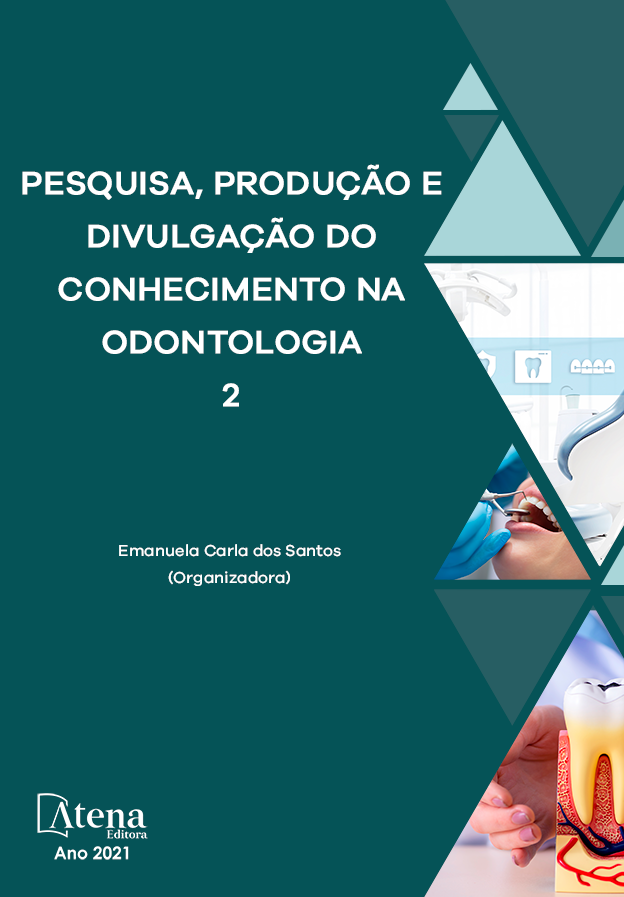
Association between stress and temporomandibular dysfunction
O objetivo do presente estudo foi avaliar a associação entre estresse e disfunção temporomandibular em universitários do sul do Brasil. Todos os alunos ingressantes na Universidade Federal de Pelotas foram convidados a participar deste estudo transversal. Foi utilizado um questionário autoaplicável com variáveis socioeconômicas (escolaridade materna, renda familiar, idade e sexo) e de saúde bucal (última visita ao dentista, experiência de cárie, autopercepção da saúde bucal) Disfunção temporomandibular (DTM) Questionário Fonseca " O índice anamnésico de Fonseca "foi utilizado para identificar a gravidade dos sintomas de disfunção temporomandibular, com questões de múltipla escolha. O mesmo foi elaborado na forma do índice anamnésico de Helkimo. O estresse foi medido usando uma versão modificada da escala de estresse percebido e categorizado em quartis.
Responderam aos questionários 2.089 alunos e 82 (3,9%) foram classificados com presença de disfunção temporomandibular. A regressão logística ajustada mostra que a chance de apresentar disfunção temporomandibular foi 3,24 vezes maior nas mulheres (IC95%: 1,80-5,83) em relação aos homens. Além disso, a chance de apresentar disfunção temporomandibular foi 75% (OR = 1,75, IC 95%: 1,07-2,88) maior entre os indivíduos que referiram autopercepção ruim da saúde bucal. Da mesma forma, alta associação foi observada entre aqueles que relataram algum impacto na qualidade de vida (RO = 2,33; IC95%: 1,34-4,05). Em relação à autopercepção de estresse, observou-se que a chance de apresentar disfunção temporomandibular foi maior (OR = 2,43; IC95%: 1,04-5,65) com o aumento do nível de estresse. O grau leve de disfunção temporomandibular foi o mais prevalente. O estresse foi associado a indivíduos com maior prevalência de disfunção temporomandibular.
Association between stress and temporomandibular dysfunction
-
DOI: 10.22533/at.ed.29121180124
-
Palavras-chave: disfunção temporomandibular, estresse, estudantes universitários.
-
Keywords: temporomandibular dysfunction, stress, university students.
-
Abstract:
The aim of present study was to evaluate the association between stress and temporomandibular dysfunction in university students in southern Brazil. All incoming university students at the Federal University of Pelotas were invited to participate in this cross-sectional study. A self-administered questionnaire was used with socioeconomic (maternal education, family income, age and sex) and oral health variables (last visit to the dentist, experience of caries, self-perception of oral health) Temporomandibular dysfunction (TMD) Fonseca questionnaire "Fonseca's anamnesic index" was used to identify the severity of symptoms of temporomandibular dysfunction, with multiple choice questions. The same was elaborated in the form of Helkimo's anamnesic index. Stress was measured using a modified version of perceived Stress Scale and categorized into quartiles.
A total of 2089 students answered the questionnaires and 82 (3.9%) were classified with the presence of temporomandibular dysfunction. Adjusted logistic regression show that the chance of presenting temporomandibular dysfunction was 3.24 times higher in women (95% CI: 1.80-5.83) compared to men. Moreover, the chance of presenting temporomandibular dysfunction was 75% (OR=1.75, 95% CI: 1.07-2.88) higher among individuals who reported poor self-perception of oral health. Similarly, a high association was observed among those who reported some impact on quality of life (RO=2.33; 95% CI: 1.34-4.05). Regarding self-perception of stress, it was observed that the chance of presenting temporomandibular dysfunction was higher (OR=2.43; 95% CI: 1.04-5.65) as the stress level increased. The mild degree of temporomandibular dysfunction was the most prevalent. Stress was associated with individuals with a higher prevalence of temporomandibular dysfunction.
-
Número de páginas: 15
- Cesar Bergoli


